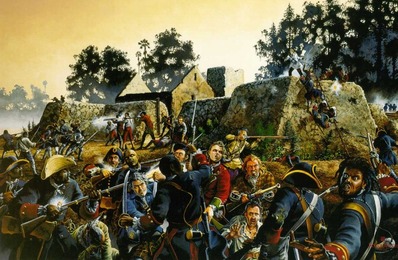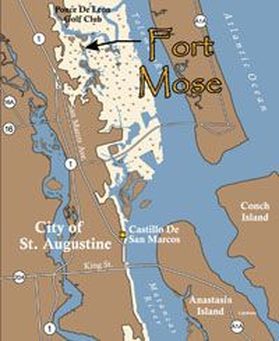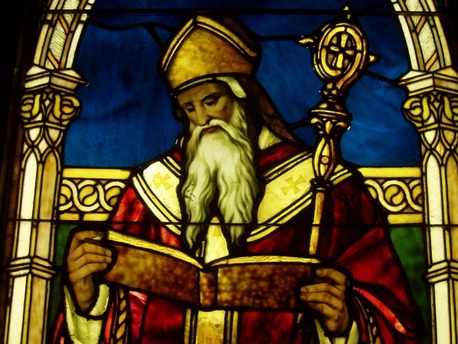440 Years of African-American History

African-American slaves were brought and sold here in chains as property, including sales that took place at the Slave Market, the oldest public market in North America. Many of them were ultimately freed by the Spanish and lived in harmony in Fort Mosé starting in 1738, the northernmost outpost defending Spanish St. Augustine from the British. More than a century before the Emancipation Proclamation (1863) and the Thirteenth Amendment (1865), there were free blacks living here in St. Augustine, with British slaves following an "underground railroad" south to freedom here.
In 1826, poet Ralph Waldo Emerson visited St. Augustine, reported how a meeting of the Bible Society and a slave auction were held at the same time, the Bible Society meet in the Government House and the slave auction in the Slave Market Square, respectively. "One ear, therefore heard the glad tidings of great joy, whilst the other was regaled with, 'going, gentlemen, going' and almost without changing our position we might aid in sending the Scriptures into Africa or bidding on four children without the mother' who had been kidnaped themselves."
The vast Civil Rights history throughout St. Augustine and the surrounding areas is inspirational and courageous. Within the Lincolnville Historic District (African-American community founded in 1866) and other places, Rev. Dr. Martin Luther King, Jr. preached and organized resistance to Jim Crow segregation in 1964. Dr. King was arrested and jailed for asking to be seated in a segregated restaurant at the The Monson Motel, located on the Bay Front on the Matanzas River. Next to the Plaza de la Constitución or Slave Market Square was a former Woolworth's store and lunch counter where sit-ins and arrests took place. Help us create a a national Civil Rights Museum as part of the St. Augustine National Historical Park and Seashore Act of 2011.
Below is a map of Fort Mose and photo of Saint Augustine of Hippo, the Roman Catholic North African bishop and theologican for whom our City of St. Augustine was named.

